Demystifying Traditional Chinese Medicine
DEMYSTIFYING TRADITIONAL CHINESE MEDICINE (ISSUE 95)
By Diane Gold
Tradition Chinese Medicine needs to be demystified in the United States. Through my years of being around both Western and Eastern Medicine as a music therapist and tai chi mentor and school owner, I have seen lots of confusion when it comes to understanding Eastern Medicine. My purpose is to bring people closer understanding Traditional Chinese Medicine so it can be used with confidence.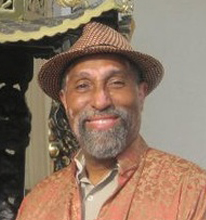
My interview demystifies. It is with Doctor of Oriental Medicine, George Love, licensed as a primary care physician in the State of Florida since 1986. He has extensive background in acupuncture, massage, herbology and nutrition. Parts of the interview are in dialogue, other parts in narrative.
DIANE
Can you talk about people’s perception of Chinese Medicine when they really don’t know anything about it. What do you think people see and how can we bring people closer to it?
GEORGE
Number one, it’s called attitude, perception and perspective. We grow up thinking everything American is great and wonderful, and the rest of the world doesn’t know anything. And obviously that’s not the case.
Number two is that anything we don’t understand immediately upon hearing it cannot be good.
And number three, our perspective, is that we live in a country where A follows B, and everything is linear thought.
ATTITUDE
America is a very young country; we don’t know much. Therefore, we have to look at ancient cultures and what worked for them and try to adapt the ancient …
PERCEPTION AND PERSPECTIVE
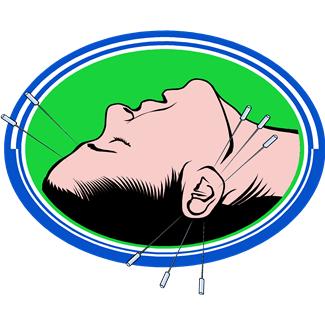 … we look at acupuncture, and we perceive that acupuncture is Chinese Medicine. Acupuncture is only one tool in a tool kit that contains at least 14 different tools. The number one tool is the understanding that blood and energy flow together. … The reason people get sick is that blood and chi become stuck or stagnant.
… we look at acupuncture, and we perceive that acupuncture is Chinese Medicine. Acupuncture is only one tool in a tool kit that contains at least 14 different tools. The number one tool is the understanding that blood and energy flow together. … The reason people get sick is that blood and chi become stuck or stagnant.
If we look at arthritis or pain or any muscular pain or any digestive pain or any respiratory distress, the blood and the chi are stagnant; they don’t flow. The purpose of Chinese Medicine is to move chi and to move blood. The purpose of chi kung and tai chi is to move chi and to move blood. So, therefore, tai chi and chi kung are actually part of Chinese Medicine.
DIANE
Can you differentiate … between moving chi and moving blood?
GEORGE
Chi moves the blood, and the blood pumps the heart.
DIANE
OK. Great.
People are in the habit of going toward what they’ve heard of, what they know and what other people have told them, social proof. If we’ve been around Chinese Medicine, then we think it’s normal. If we’ve been around only Western Medicine, very often, we don’t understand Chinese Medicine. And we shy away from it thinking we know what it is.
DEMYSTIFYING CHINESE MEDICINE: THE PROCESS
When you’re short of breath, you know when you’re short of breath. (George pants and says,)
“I’m short of breath.”
If you run across the street really fast or … you … run up a flight of stairs really fast, you know you’re short of breath.
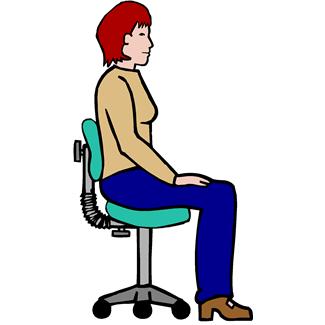 If you see somebody sitting in a chair and they’re slumped over, you say,
If you see somebody sitting in a chair and they’re slumped over, you say,
“Hey, what’s wrong with you? You don’t feel well?”
Or if you see somebody sitting on the edge of their chair, their back is straight and they’re smiling; you say,
“Wow, what’s going on with you? You look really energetic.”
So, it is literally visible if somebody’s chi is strong or weak.
DIAGNOSIS
HOW WE GET SICK: THE CAUSES
So what we want to know is why do people get sick, how do we get sick, and how do we get well?
So, how do we get sick? TRAUMA, INSUFFICIENCY, TOXICITY.
TRAUMA
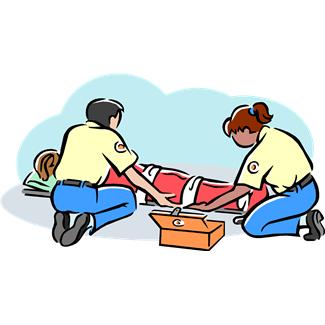
Either you have a car accident, you fall down the steps, you fall out of a tree, you get run over by a car, whatever that trauma is.
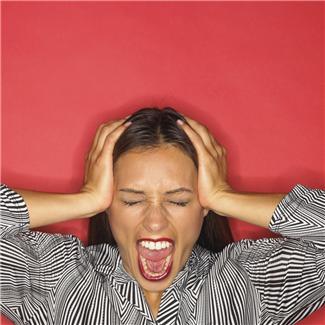
There’s also emotional trauma. So your emotional trauma is abandonment, rejection, betrayal and abuse. Your emotional trauma is anger, avoidance and addiction. Your emotional trauma is your victim story.
TOXICITY
Now we have toxicity from overeating the wrong foods, eating the bad foods or getting an infection.
INSUFFICIENCY
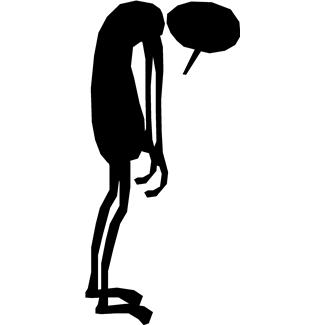 Insufficiency would be not enough love, not enough laughter, not enough relaxation, not enough exercise, not enough water. That would be insufficiency.
Insufficiency would be not enough love, not enough laughter, not enough relaxation, not enough exercise, not enough water. That would be insufficiency.
DIANE
This sounds very, very simple and something I can understand.
HOW TO GET WELL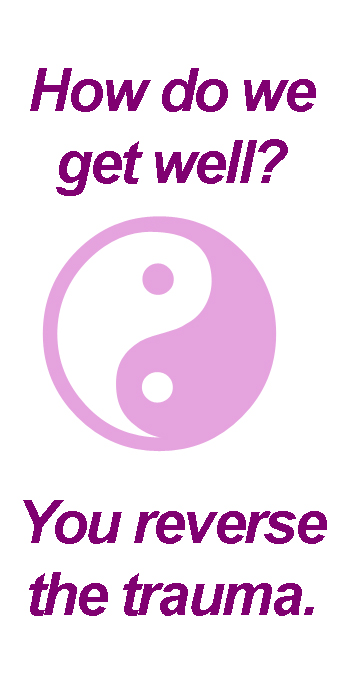
GEORGE
So, this is our framework. These are our tools that we need to look at how we get sick.
How do we get well? You reverse the trauma.
Reverse The Trauma
PARTIAL LIST OF TOOLS OF CHINESE MEDICINE
GEORGE
That [which what would reverse the trauma] would be massage, … acupuncture, … physical therapy, … yoga, … chi kung, … tai chi. So there’s any number of tools at your disposal to reverse trauma. Breathing, meditation, internal exercise.
TOXICITY
So toxicity, well, we want to detoxify the blood.
So [for] inflammation or infection, you want to take herbs, or you want to a juice fast, juice feast.
You want to restrict caloric intake. You want to take herbs that purify the blood or cool the blood. And that’s how we reverse toxicity.
INSUFFICIENCY
And, insufficiency, you want to eat super foods. You want to take herbs that give you energy. And chi kung or tai chi would be appropriate also for insufficiency.
THE REST OF THE LIST OF TOOLS OF CHINESE MEDICINE
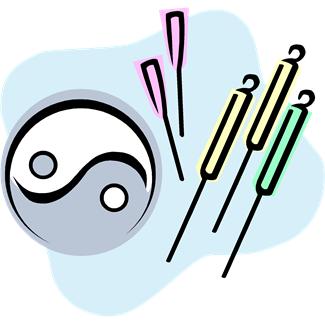
What we call Chinese Medicine, they (the Chinese) call meridian therapy. There’s breathing, there’s meditation, there’s internal exercise, there’s food, there’s herbs. Then there is heat, pressure, sound, magnets, electricity, red light, laser light, suction, scraping, and, oh, by the way, we’ve got an acupuncture pin, also.
In the west, our perception is that acupuncture is Chinese Medicine.
DIANE
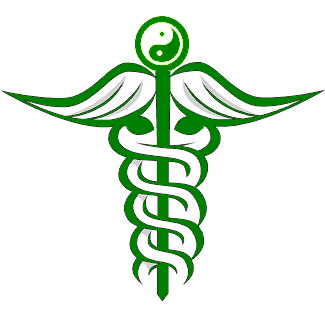 Absolutely right. And many people don’t even know the word acupuncture…
Absolutely right. And many people don’t even know the word acupuncture…
To understand that there are all these other therapies that are Chinese Medicine is very interesting. And, it makes people understand how Chinese Medicine came about. Because not everybody needed a pin, and some people needed a pin. And there were so many other ways to move the blood and the chi. And these are the ways of the Traditional Chinese Medicine. Traditional Chinese Medicine Caduceus
THE DIAGNOSTIC GRID
NARRATIVE
I ask George to complete the diagnostic grid and talk about the categories that make up the diagnostic grid.
GEORGE
OK, we have the emotional, physical, nutritional and energetic. That’s gonna be the rows on the left.
And then your columns are going to be trauma, toxicity and insufficiency.
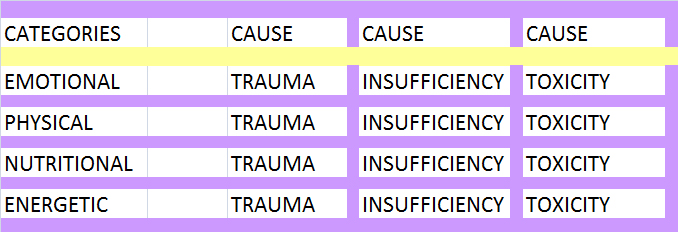
DIANE
So when I asked you how you diagnose, you said to me,
“You ask why is someone here, or why do you have pain or who is giving you pain.”
I thought that was rather telling …
GEORGE
WHO is the pain in your neck?
DIANE
It’s very true. Pain can be emotional pain and can be caused by a particular being.
So what we talked about today seems like very [systematic] medicine. It doesn’t involve putting someone on a particular medicine and keeping them there without looking at other factors.
NARRATIVE
Traditional Chinese Medicine is integrative. It makes me smile that there is a fairly new Western Medicine specialty: Integrative Medicine. It seems like a bridge to join medicine from the East and medicine from the West.
CONCLUSION
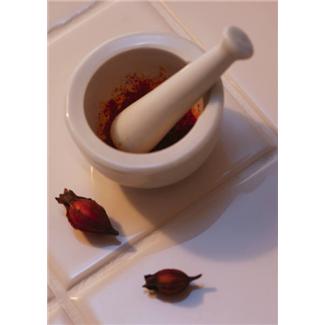 We now have a transparent way of looking at Traditional Chinese Medicine. It is not a mystery any longer. Our interview guest, Doctor Of Oriental Medicine has demystified it. He has talked about how to diagnose by asking, not only why you are there, but who is giving you pain. He mentioned how many tools there are in the arsenal of Chinese Medicine.
We now have a transparent way of looking at Traditional Chinese Medicine. It is not a mystery any longer. Our interview guest, Doctor Of Oriental Medicine has demystified it. He has talked about how to diagnose by asking, not only why you are there, but who is giving you pain. He mentioned how many tools there are in the arsenal of Chinese Medicine.
We wanted to show how medicine is profound and vast. The connection between Western and Eastern Medicine is the fact that people do want to heal. The person who goes into the field of medicine wants to heal. Sometimes, as in any area, people can get distracted by money, power, fame, opportunity.
It’s all about balance. balancing the finding of a cure with the money expended for drug research or balancing one’s emotional life with work and family.
The information we have offered has certainly demystified Traditional Chinese Medicine. We hope it has helped to outline its backbone in a way such that its systematic approach is easier to see, easier to validate and friendlier to use.
ACTION STEPS
Here are some action steps that may be useful. They are simple techniques that can be achieved with little effort.
1) Consider what you have and rejoice.
2) Pick one thing out that you lack, even if you have some but not enough. George mentioned love, laughter, relaxation, exercise, water, for starters. You might also include music, health, creativity, skill, talent as your item of which you want more.
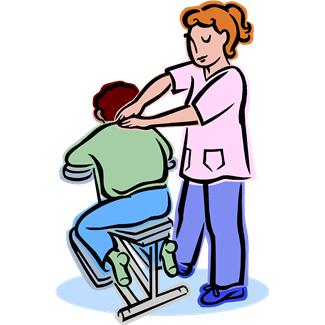 3) Add this item to your life. If it something like water, drink more (and be thankful for our water supply). For laughter, make sure to laugh at least one time a day more than you do now by reading a joke or looking at a comical photo. It’s up to you as to what you choose. If you need more love, give it to yourself. Go to the local library or cafe and just say hello to someone. Contact usually changes perspective and, often, strikes up interesting communication. Or go make a friend by listening to music in the park. Massage For Relaxation
3) Add this item to your life. If it something like water, drink more (and be thankful for our water supply). For laughter, make sure to laugh at least one time a day more than you do now by reading a joke or looking at a comical photo. It’s up to you as to what you choose. If you need more love, give it to yourself. Go to the local library or cafe and just say hello to someone. Contact usually changes perspective and, often, strikes up interesting communication. Or go make a friend by listening to music in the park. Massage For Relaxation
TIP
If you have any doubts about the action steps, go watch this: 21 Second Motivational Video.
____________________________________________________________________
FEEDBACK
Please leave a comment and LIKE.
DIANE GOLD, AUTHOR
Diane Gold, Founder of Warriors of Weight, Turning Habits Into Health, is a mentor in tai chi, kung fu and meditation, a music, fitness and stress expert, dedicated mom, studying plant-based nutrition and habit change.
She is fascinated by any method that can achieve personal development success. She also loves clearing up misconceptions. She says,
“Medicine is a systematic approach to healing, no matter which approach is taken.
“The discussion of Traditional Chinese Medicine in this article gives an excellent overview of what is its scope, how diagnosis is approached and the vast number of techniques in the tool kit. I am excited with the information provided from the interview and am hopeful it will be helpful in the quest for healing.”

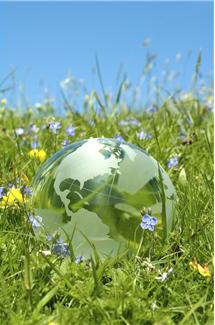 This coming Saturday, April 28, is my birthday. Oh, wait. Broadcasting this fact is the very opposite of our message here: that of getting away from me, me, me. This article is about the power we have as developed individuals to make a difference on global issues.
This coming Saturday, April 28, is my birthday. Oh, wait. Broadcasting this fact is the very opposite of our message here: that of getting away from me, me, me. This article is about the power we have as developed individuals to make a difference on global issues.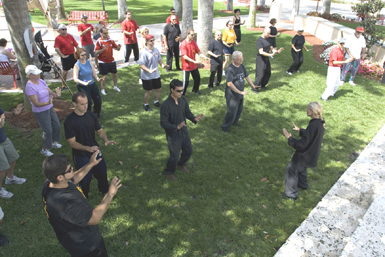 I like that image. Let this flamboyant vision not lead us away from the grand ultimate purpose of tai chi in 2012, which is not a display for publicity, a way to get a date, a way to be cool or marketing for consumerism; although all of these things may happen as a result of doing the training in a public place. The point is to spread peace, harmony and unity through exposing people to movement that changes mindset leading to global action. Change in mindset, as with any discipline, is a process.
I like that image. Let this flamboyant vision not lead us away from the grand ultimate purpose of tai chi in 2012, which is not a display for publicity, a way to get a date, a way to be cool or marketing for consumerism; although all of these things may happen as a result of doing the training in a public place. The point is to spread peace, harmony and unity through exposing people to movement that changes mindset leading to global action. Change in mindset, as with any discipline, is a process.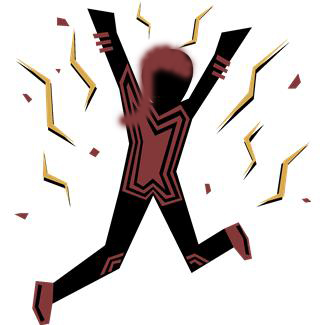 PASSION
PASSION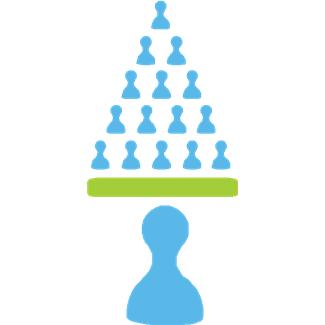 If I do tai chi and teach 8 students, then 8 minds get changed. If these 8 students have 8 students, then 64 minds get changed. If these 64 have 8 students, then 512 minds get changed. If this group of 512 goes to 1 of the 300 World Tai Chi And Chi Kung Day events and mingles with the 512 students of each of 10 other teachers; that’s 5,632 minds at 300 events. That’s over a million changed minds, which is the power of community.
If I do tai chi and teach 8 students, then 8 minds get changed. If these 8 students have 8 students, then 64 minds get changed. If these 64 have 8 students, then 512 minds get changed. If this group of 512 goes to 1 of the 300 World Tai Chi And Chi Kung Day events and mingles with the 512 students of each of 10 other teachers; that’s 5,632 minds at 300 events. That’s over a million changed minds, which is the power of community.





